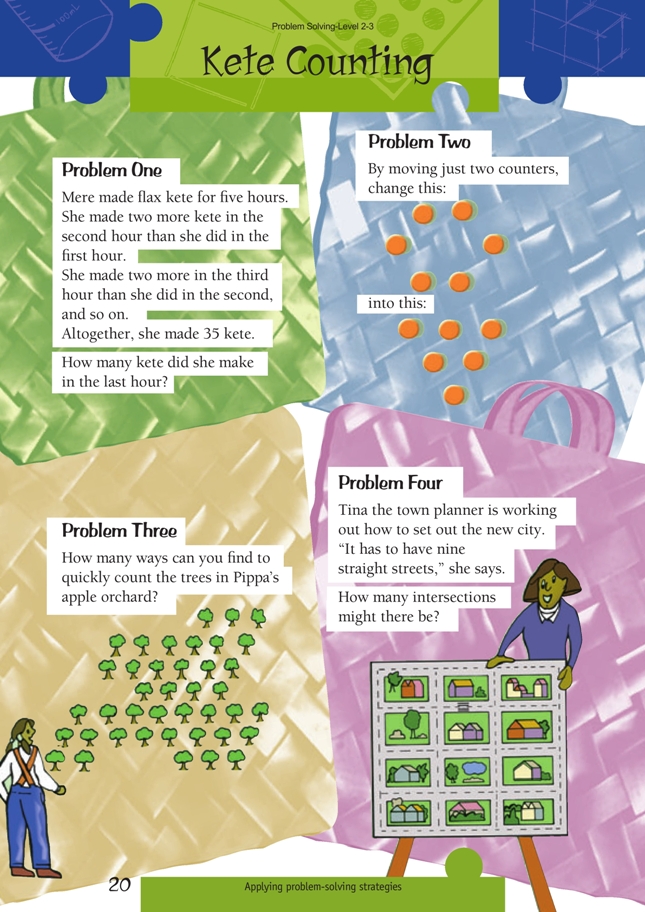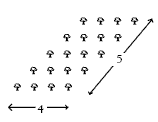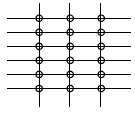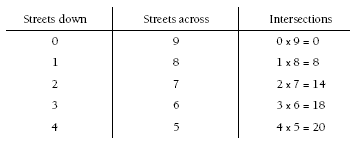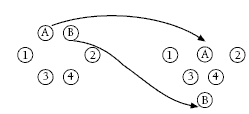These are level 2 number problems from the Figure It Out series.
A PDF of the student activity is included.
Click on the image to enlarge it. Click again to close. Download PDF (393 KB)
use skip counting to solve problems (Problems 1, 3, and 4)
Problem One
Students might solve this problem by trial and improvement. They could estimate how many kete Mere made in the first hour. For example:
If they increased this amount by one more kete every hour, the overall total would increase by five, which leads to the right total.
An alternative strategy would be to find the middle number in the sequence. This would be 35 ÷ 5 = 7 (the average). Students could then work out the number of kete Mere made in the last hour by adding two each time until the total reaches 35.
Problem Two
This problem requires students to visualise the smallest number of counters needed to transform the figure on the left to that on the right. One way to solve the problem is to draw both figures in different colours and place them on top of one another against a window. When the maximum number of counters match, it is easy to see which counters need to be moved:
Counters 1, 2, 3, and 4 will overlap, leaving only counters A and B to be moved. The overlapping method is also easily demonstrated on an overhead projector. Students can use it to create new counter moving puzzles, such as:

Problem Three
There are many ways to count the number of trees. The most efficient method involves the multiplication array. For example, this section of trees can be counted using 4 x 5.
Students can either break the orchard into blocks, find the total of each block, and add these totals together:
or they can work out the number of trees that would be in the complete parallelogram and subtract those that are missing:

Problem Four
There are many ways of arranging the nine streets. Students may not recognise this problem as an application of multiplication. Putting counters on a diagram of the intersections helps to illustrate this point, in this case, by showing multiples of three:
They could also use a table to find all the possible numbers of intersections systematically:
To extend the problem, ask the students: “How many intersections might there be with 10 streets?”
Answers to Problems
1. 11
2. The two counters in the top row of the figure are moved.
3. Answers will vary (see notes).
4 . Answers will vary depending on street configuration. The configuration shown in the diagram would have 20 intersections.
